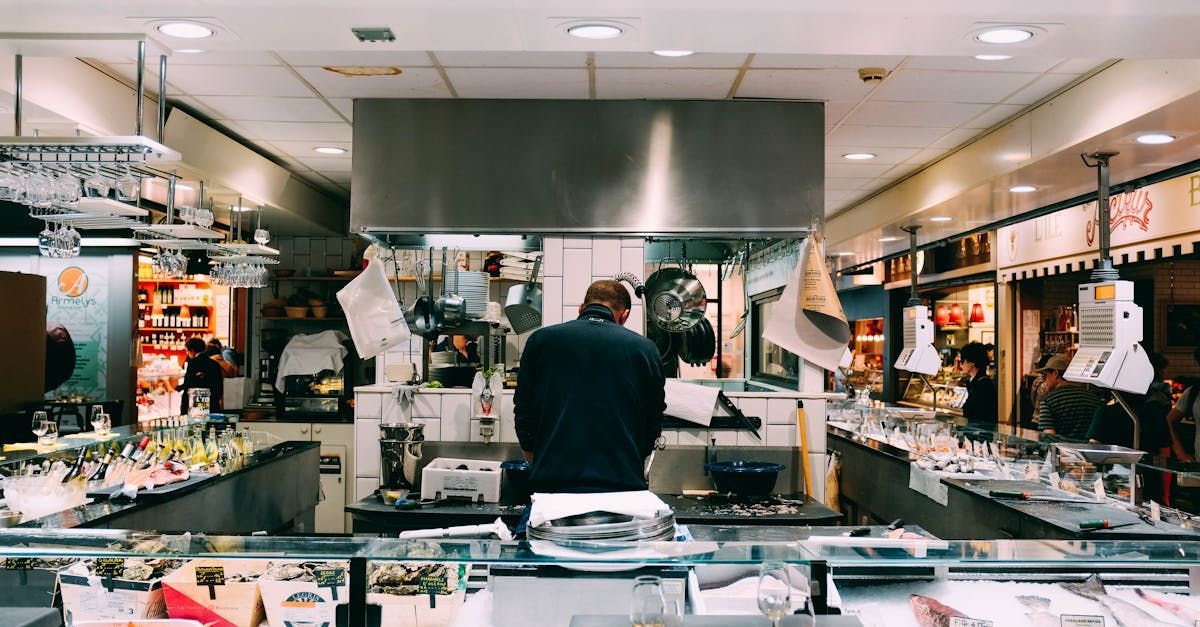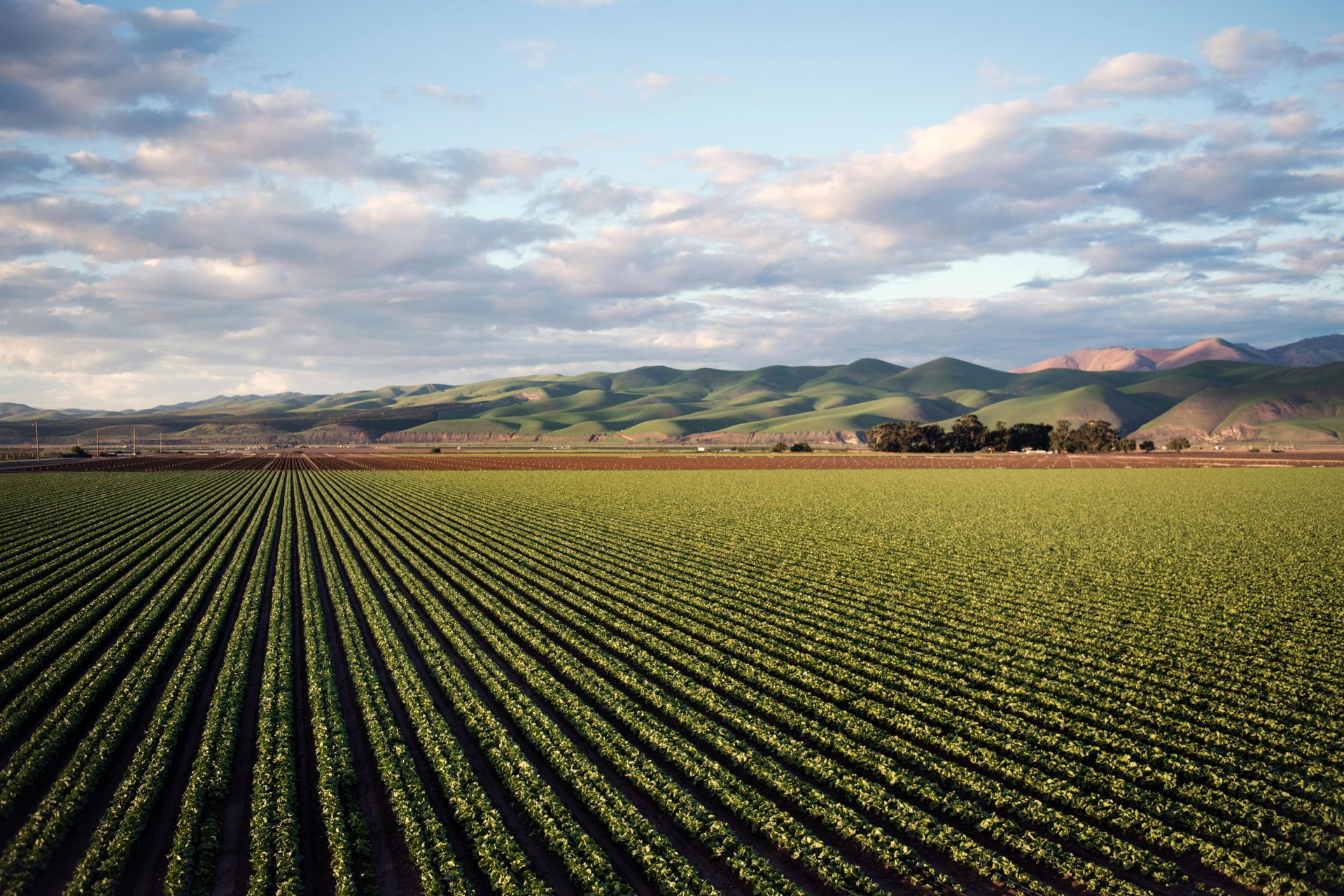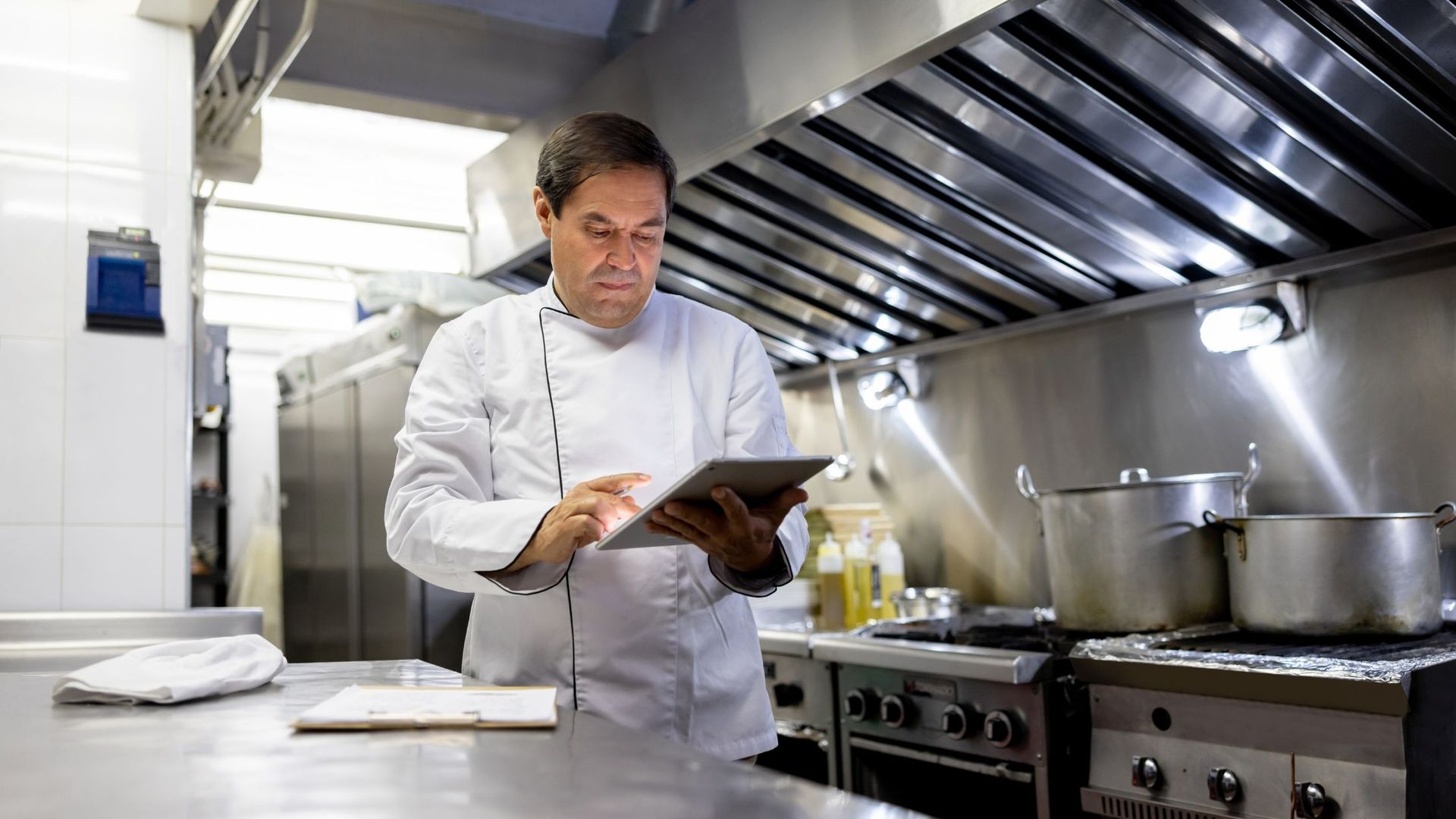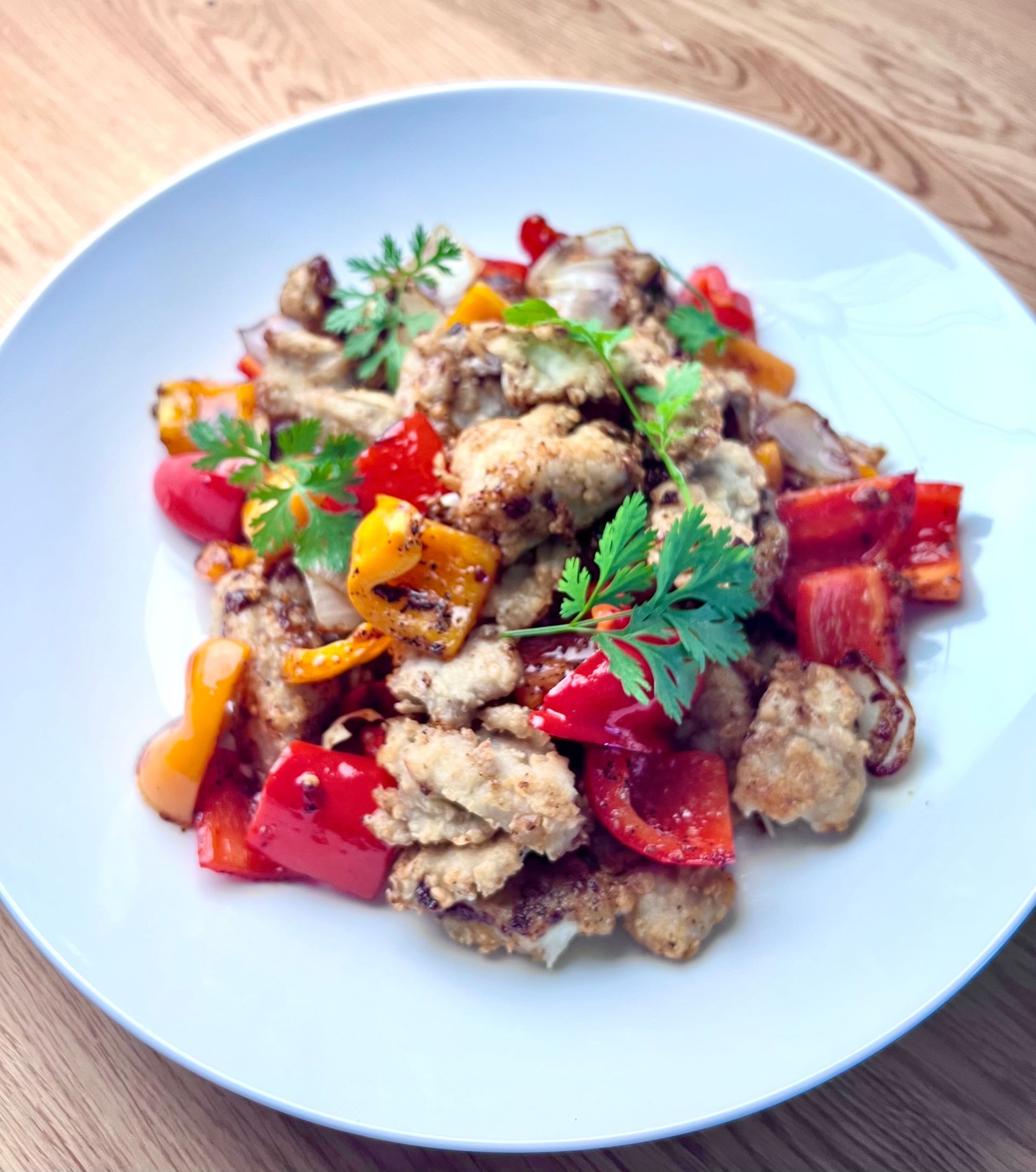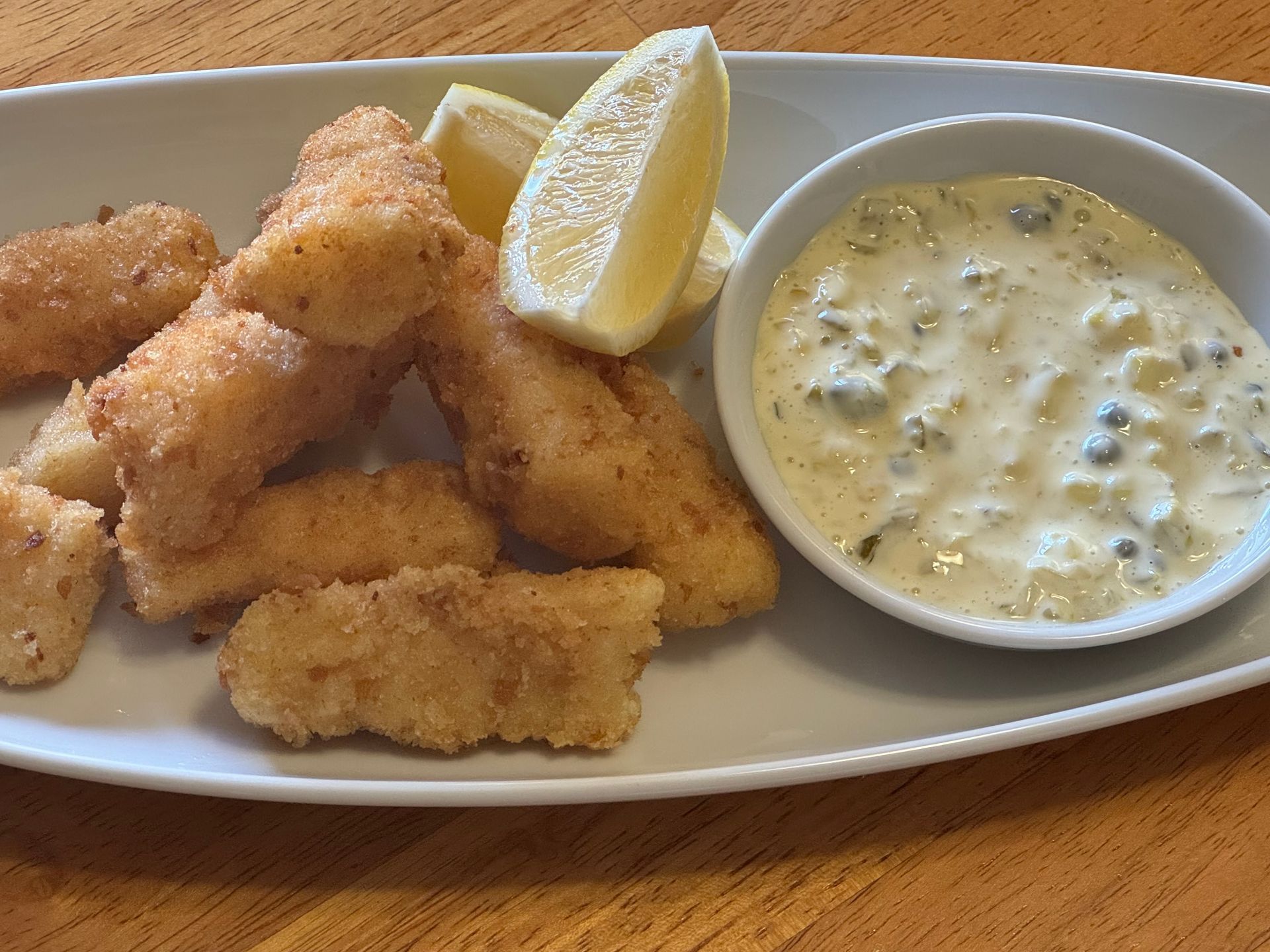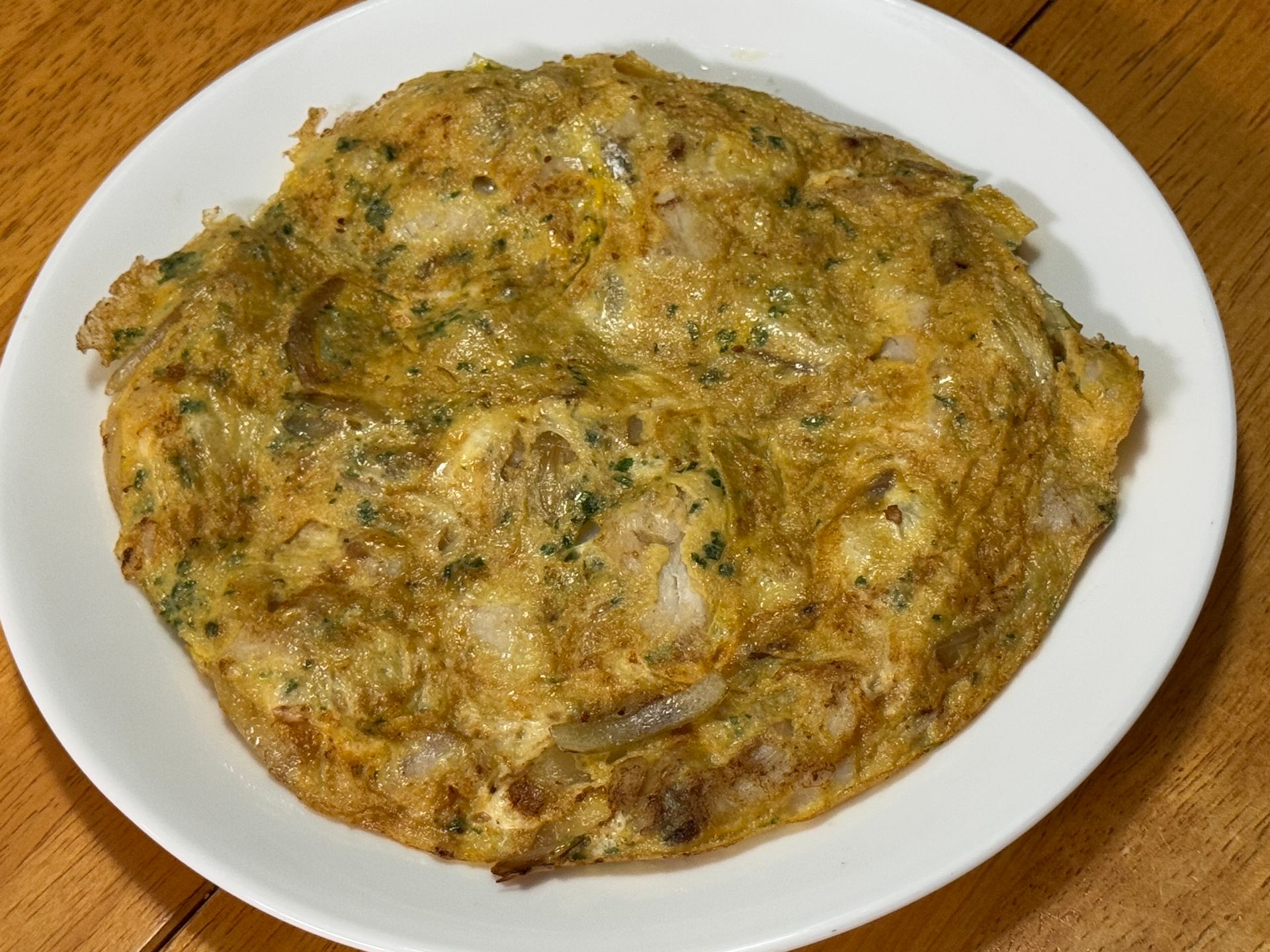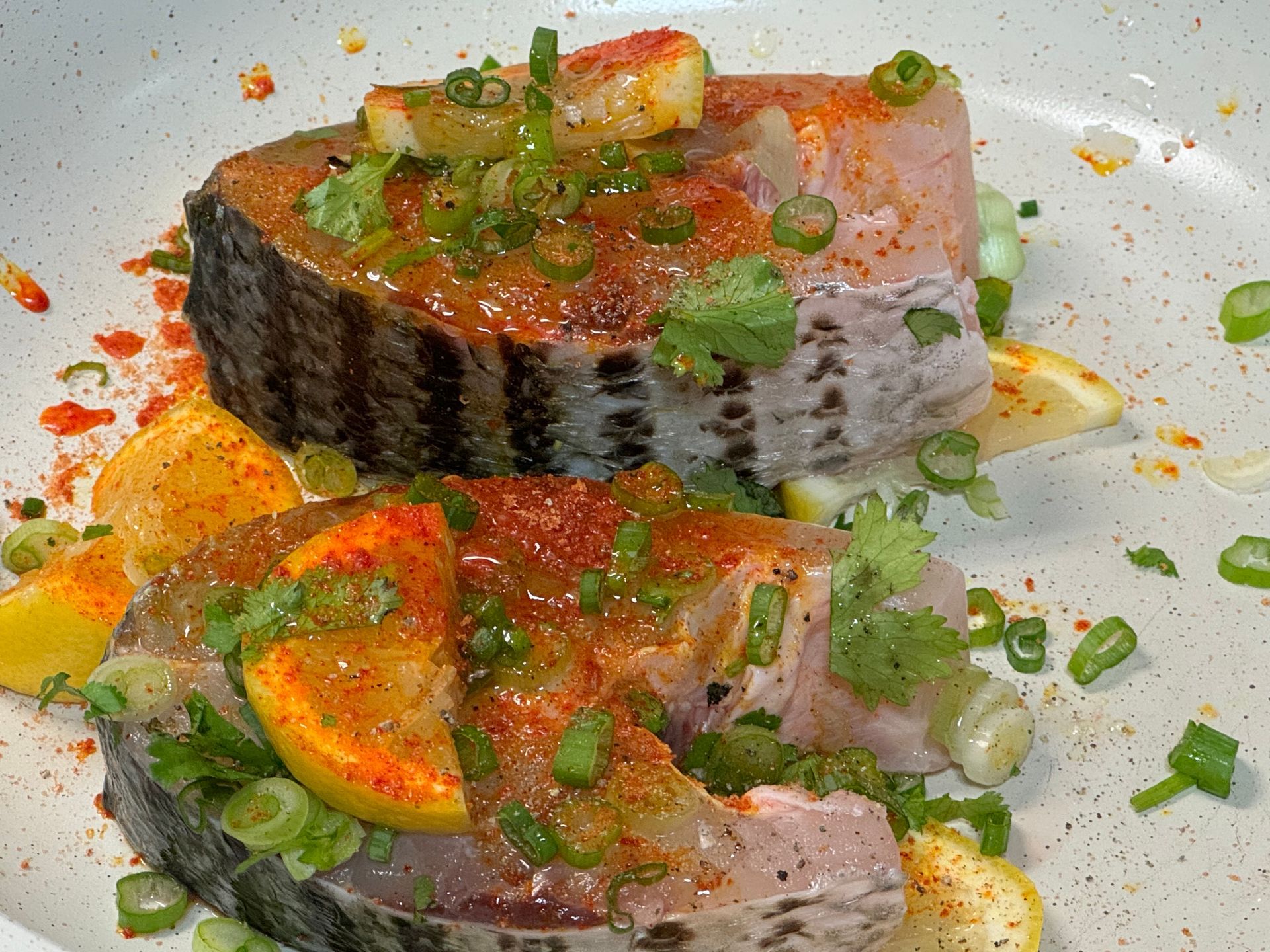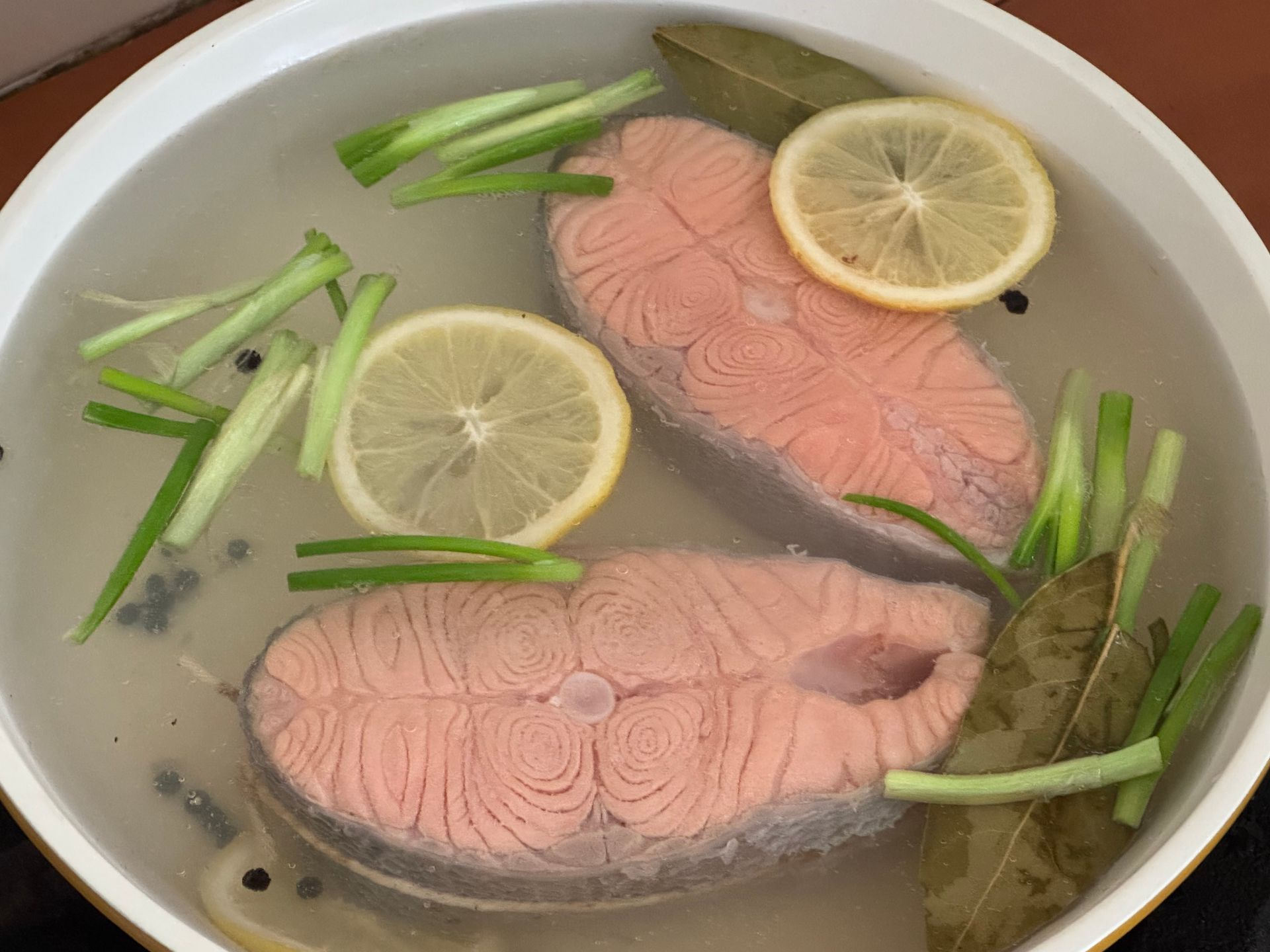Mastering Food Product Development: Insights from a Former CPG Global Research & Development Leader
Developing winning products in the food industry is more than a creative endeavor or throwing together a bunch of trending ingredients to create a product—it's a disciplined, collaborative process that combines sensory science, consumer and trends research, FSQA and sourcing expertise, and a deep understanding of culinary techniques and operations. As someone who has spent decades leading Culinary and R&D for global giants like Campbell and innovative startups like Freshly and Simply Good Jars, I know firsthand what it takes to launch a successful food product. Establishing and maintain disciplines, collaboration and communication are key.
Whether you're an entrepreneur with a brilliant idea or a CEO aiming to expand your brand’s offerings, this article will walk you through the critical stages of food product development.
Start with a Strong Concept
Every great product begins with an idea. But it’s not enough to have an idea—you need to validate it. This is where sensory science comes into play.
My first experience with ‘best in class’ food product development was with Campbell. I built a strong, R&D foundation learning to develop food the correct way with one of the finest CPG companies in business. Campbell invests significant resources to testing what people like and why they like it. Was the aroma or mouthfeel of a soup or sauce comforting? Was it too thin or too thick? Did the flavors meet expectations? Were the spices and sodium appropriate? Did consumers prefer seeing visible fat in a bone broth, or did they find it unappealing? These insights are critical for shaping a product that consumers will actually buy over and over again.
When coming up with or reefing your concept, ask yourself:
- Who is this product for?
- When will the product be enjoyed?
- What makes it unique?
- How will it fit into their daily lives?
I also believe creating a culinary voice so that we no longer call the food being produced, ‘products’ will greatly improve quality. Try using the word ‘delicious’, after all, we are talking about food! We are producing delicious bars, delicious beverages, delicious veggie burgers.
Consumer insights can guide everything from flavor profiles to packaging. In his book, 'Salt, Sugar, Fat; How the Food Giants Hooked Us’ author Michael Moss wrote about Howard Moskowitz, a leading sensory scientist who ‘consulted for Campbell on the Prego brand in the 1980s. At the time Prego had one sauce variation, the “perfect sauce”. Moskowitz’s research suggested there was no one perfect sauce. He identified three categories: those who liked plain sauce, those who liked spicy sauce, and those who liked chunky sauce.
He developed and tested something like 45 varieties for Prego and that insight led to multiple successful Prego SKUs instead of a single “best” version, which has added millions of dollars in revenue. I enjoyed the privilege of meeting Moskowitz a few years ago, he generously shared stories about his amazing career. He is one of my many ‘food heroes’! After meeting with him I had a much greater respect for the value of consumer insights.
Using market research and consumer insights will help refine your idea before you invest heavily in development.
Test, Test, Test
Testing isn’t just a step—it’s an ongoing process. It starts before you even build a prototype. It’s very much the same for chefs developing new recipes for restaurants.
Investing in product testing early in the process prevents costly mistakes down the road. It helps you:
- Identify what consumers like and dislike before full-scale production
- Ensure consistency in taste, texture, and appearance across batches
- Have/obtain more precise nutritional information
- Understand the ingredients and formulas at scale
- Validate pricing strategies to ensure profitability
- Refine ingredient choices to enhance shelf life and reduce costs
Skipping this step can lead to expensive misfires. I’ve seen brands rush to market only to find that their “healthy” food was too bland for consumers or the texture wasn’t correct, or their “gourmet” product didn’t justify its premium price point.
The Food Product Testing Process
- Concept Testing: Before developing a prototype, surveys and focus groups help validate whether a product idea has potential. Questions like, “Would you buy a high-protein, dairy-free yogurt?” provide early insights into demand.
- Sensory Testing: Once a prototype is created, sensory panels evaluate factors like taste, aroma, mouthfeel, and visual appeal. This stage helps fine-tune recipes and ensure the product aligns with consumer expectations.
- Consumer Trials: Small-scale consumer testing (such as in-store samplings or beta releases) provides real-world feedback on everything from flavor balance to packaging functionality.
- Shelf Life & Stability Testing: It’s not enough for a product to taste great on day one—it needs to maintain quality over time. Testing for microbial growth, ingredient separation, and texture degradation ensures a product’s viability.
- Iterate & Improve: Testing is an ongoing process. The best brands often refine their formulas based on consumer insights and sales data.
Through careful testing at each stage, you not only reduce risk but also increase your product’s chances of long-term success.
Build a Prototype That Shines
Once your concept is validated, it’s time to bring it to life. This stage is all about collaboration between chefs, food scientists, and quality experts. This is where the magic is!
A chef ensures your product tastes amazing, while food scientists and the operations team ensure it’s safe and scalable.
A common pitfall? Assuming a small-batch recipe will work the same in mass production. Creating 1,000 portions of a recipe with ingredients such as jalapeños, bay leaves, or rosemary sprigs, etc. doesn’t require adding 1000 jalapenos etc. Flavor profiles shift, cost and nutritional content can change dramatically with time.
It’s very important that the ‘gold standard recipe’ the chef produces is prepared correctly. Food scientists generally will prepare formulas which are exactly what the chef’s recipe is, so if a chef’s recipe is substandard (not delicious) then the formula will not be delicious. This seems obvious but it happens too frequently.
This is where expertise in scaling is invaluable. Working with a R&D Chef consultant can prevent costly mistakes and ensure your recipe is delicious and consistent at every production level.
Perfect Your Sensory Game
Sensory evaluation doesn’t stop once the prototype is made. It’s a tool to refine and perfect.
I’ve worked on projects to produce beverages, bars, bone broths, snacks, meals, and more, and I always use descriptive sensory analysis to ensure the taste aligns with the vision of the company I am consulting with. Consumers don’t simply purchase flavors–they purchase experiences. The food must evoke an emotion like comfort, indulgence, excitement, etc.
This is where concepts like the "bliss factor" come in. Research shows that consumers have a threshold for sugar, salt, and fat—the point where the food is most enjoyable. Companies producing fast-food, cereal, snacks, etc. have perfected this to keep consumers coming back. I also use the ‘bliss factor’ as a tool because I focus on supporting brands interested in producing food which is delicious and healthy so the ‘bliss factor’ is an especially important tool for my consulting work.
The Role of Food Incubators in Launching New Products
For entrepreneurs looking to scale their product, food incubators can be game-changers.
Food incubators provide:
- Commercial kitchens with high-quality equipment
- Regulatory guidance on food safety and labeling
- Culinary expertise to insure your food tastes delicious
- Food scientists to work with the chef converting the gold standard recipe to the formula for production
- Mentorship and networking opportunities with industry experts
- Access to funding and investors
Incubators like Rutgers Food Innovation Center, where I am an advisor, provide hands-on support for startups that need help moving from homemade recipes to scalable production. Many successful food brands today started in incubators, using their resources to refine recipes and meet industry regulations.
If you’re launching a food product, working with an incubator or a culinary innovation consultant can significantly improve your chances of success.
The Strategic Role of Packaging in Food Product Development
Packaging isn’t just a container—it’s a selling point. It affects consumer perception, functionality, and brand identity.
Consider these key aspects of food packaging:
- Functionality: Can consumers open and use the product easily? Does it fit standard appliances (e.g., microwaves, refrigerators, cupboards)?
- Visual Appeal: Does the design make the product look fresh, premium, or natural?
- Sustainability: Is it eco-friendly? Consumers are increasingly choosing brands that use sustainable packaging.
Packaging influences first impressions and can even justify a higher price point. If your product looks cheap, consumers will assume it tastes cheap.
For startups, investing in the right packaging design can differentiate your product in a crowded market.
Launch with Confidence
By the time your product reaches shelves, it should be backed by thorough testing, a strong sensory profile, and a clear understanding of your target audience. Even then, be ready to adapt based on feedback.
Many successful brands use an iterative approach, making adjustments based on customer reactions and sales data.
Closing Thoughts
Food product development is as much about discipline as it is about creativity. From ideation to commercialization, every step requires thoughtful execution and expert insights.
If you’re developing a food product, consider working with an expert consultant or incubator, refining your sensory strategy, and investing in packaging that enhances your brand’s appeal.
Many entrepreneurs are inspired to produce snacks, sauces, soups, sweets, etc. which hold great sentimental value for them. Friends and family encourage them to produce their special, family recipes to sell to the masses. This innovation is inspiring but most entrepreneurs are not aware of critical stages of product development. Many startups don’t have a chef, sourcing, or quality experts. As a result they produce products that are simply not delicious or safe. I’ve seen this over and over again at conferences such as Expo East, Expo West, Anuga, Food Shows, etc. Fiscally and practically, it makes sense to bring in an experienced consultant to provide this necessary expertise.
Want to learn more about refining your process? Book a free consultation to explore how our product development process can make a difference in your journey.



